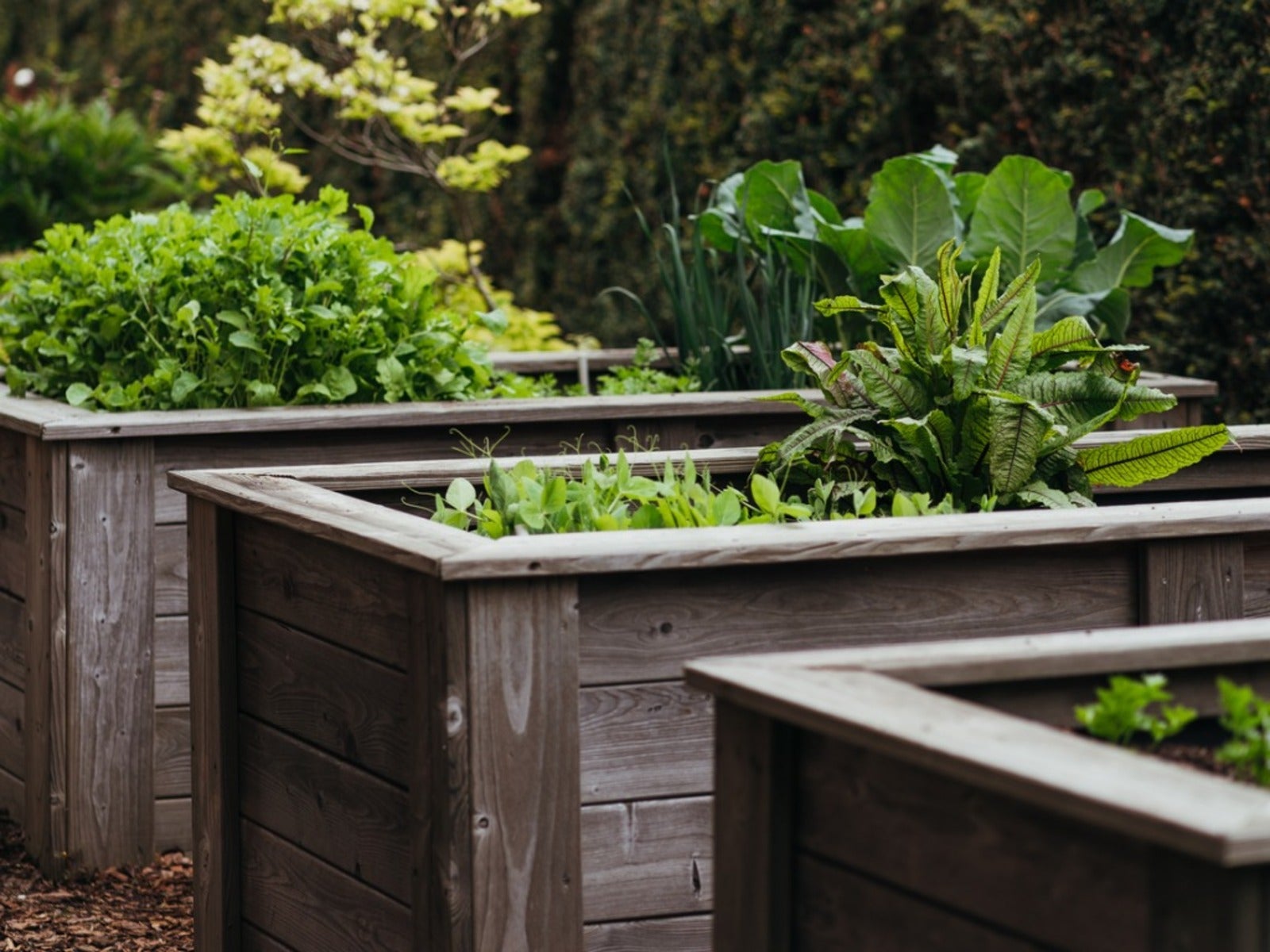
Growing vegetables in the Pacific Northwest can be challenging due to varying temperatures and weather conditions. The Pacific Northwest is a large region. This means that the best vegetables to grow in Washington state may not be the best vegetables to grow in Oregon. That said, the following contains general information on vegetable gardening in the Pacific Northwest along with some of the easiest vegetables to grow in the area.
How Long is the Growing Season in the Pacific Northwest?
The growing season for Washington state starts around March 24th and lasts until November 17th -- a total of 238 days. In Oregon, the growing season is significantly shorter at only 125 days between the last and first frost. Keep in mind that the length of the growing season can be wildly different depending on whether you are on the west or east side of either of these two states.
The Pacific Northwest is the northwestern portion of the United States encompassing Oregon, Washington state, and continuing up into British Columbia in Canada. This broad area includes rainforests, coastal regions along the Pacific Ocean, mountain ranges, arid high desert zones, and river valleys. Altitude, topography, and geographical location all determine the growing season for each area, which means it can vary significantly from one region to another.
Generally, however, the Pacific Northwest is said to have cool summers and mild winters in most areas. This means that starting seeds indoors and choosing short season veggies are recommended. A bonus to the temperate climate is that cold frames and greenhouses allow the gardener to significantly extend the growing season.
Vegetables Recommended for the Pacific Northwest
The easiest vegetables to grow in the Pacific Northwest are cool season crops. Cool weather vegetables that can be grown from seed include greens of any type, radishes, beans, garlic, onions, peas, and root veggies like carrots, turnips, and beets.
Onion and garlic can go in as early as late February, and radishes can be directly sown a month before the last frost date for your area. Beets, carrots, and new potatoes go in around a couple of weeks after the radishes. Bigger potato varieties shouldn’t go in until the last frost date.
Another allium that does beautifully in the Pacific Northwest is leeks. Leeks can be directly sown outdoors or started inside for fall and winter harvest. Leeks should be ready about 70 days from sowing.
Sign up for the Gardening Know How newsletter today and receive a free copy of our e-book "How to Grow Delicious Tomatoes".
Other cool weather veggies that thrive in this region are cauliflower, broccoli, Brussels sprouts, kale, cabbage, and collards. Kale can be sown directly into the garden in the late spring, but cabbage, cauliflower, and broccoli should be started inside and then transplanted in mid to late spring when they have their first set of true leaves; about six to eight weeks from sowing.
Peas should go in a month before the last frost date for your area although make sure the soil is fairly dry as this crop is susceptible to rotting. Beans should be sown directly into the garden in the late spring after the last frost date and when temperatures have warmed.
Heat loving plants are better grown from starts -- the bigger the better. These include cucumbers, tomatoes, peppers, eggplants, and melons. In this instance the smaller sized varieties do better than larger sized varieties so choose lemon or Persian cukes, cherry tomatoes, or tiny Thai peppers if you want to guarantee you will have a harvest before the first frost. Plan to plant these when temperatures rise in May to June.
Tips On Vegetable Gardening in the Pacific Northwest
Vegetables need sun -- at least six hours preferably more, so site accordingly. The Pacific Northwest is known for being quite wet in the spring in some areas, so make sure you are planting in well-draining soil or into a raised bed.
Since the growing season is relatively short, all gardeners will benefit from protecting crops from cool temps in the spring or for a second harvest in the fall with cloches, row covers, greenhouses, or even black plastic mulch to warm the soil temp. Also, if buying warm weather crops, be sure to select the largest transplants you can find.
Always look at the length of time to harvest on your seed packets. This will tell you if a particular variety of say, bean, is right for this area of the Pacific Northwest. Also talk to friends, neighbors, relatives, and nursery personnel about the tried and true varieties they’ve planted. Your local extension office can also give advice and likely even has a pamphlet or online information regarding recommendations.
Remember, planting dates aren't set in stone. Keep your eye on the weather forecast and adjust accordingly in the event of impending inclement weather.

Amy Grant has been gardening for 30 years and writing for 15. A professional chef and caterer, Amy's area of expertise is culinary gardening.
